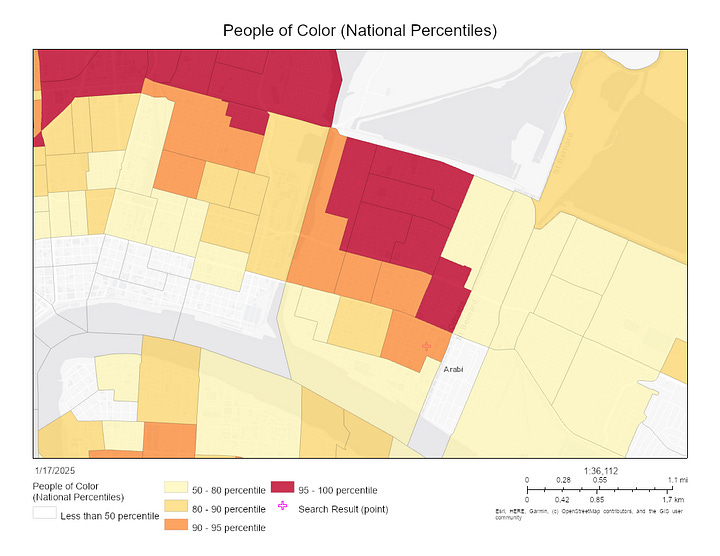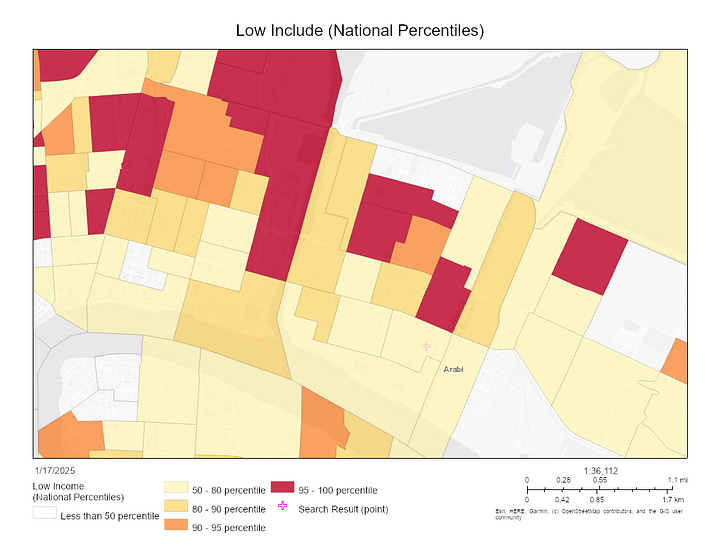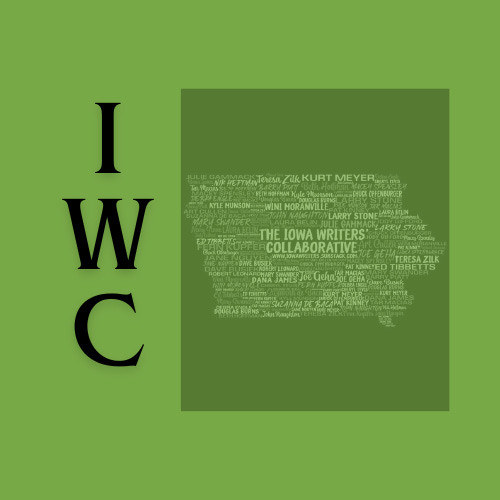Lessons from Katrina: A Call for Climate Justice and Resilience
Reflecting on Hurricane Katrina’s 20th anniversary during the AMS Annual Meeting—a powerful reminder of the intersection of climate change, inequity, and the urgent need for action.
This week marked the 105th American Meteorological Society (AMS) Annual Meeting, the world’s largest gathering of meteorologists, climate scientists, and oceanographers. Professionals from around the globe descended upon New Orleans to discuss all things weather and climate - a fitting location given the city’s deep and complicated history with both.
This year also coincides with the 20th anniversary of Hurricane Katrina, one of the deadliest and most devastating natural disasters in U.S. history. The very convention center that hosts this conference served as a critical refuge for residents fleeing the storm's destruction in 2005. Katrina claimed approximately 1,300 lives, with the Lower Ninth Ward - known locally as “The Lower 9” - suffering the worst devastation.
Katrina exposed not only the physical vulnerabilities of our coasts, but also the pervasive inequities embedded in our society. It forced a national reckoning with the intersection of race, poverty, and disaster response, shining a harsh spotlight on our country’s history of systemic racism.
It was also a climate-fueled catastrophe. A 2013 study published in Climatic Change journal revealed that Katrina’s impact would have been far less severe under the climate and sea level conditions of 1900. The storm surge, which caused much of the destruction, would have been anywhere from 15 to 60 percent lower.
I visited New Orleans a few years after Hurricane Katrina and saw firsthand the devastation in the Lower Ninth Ward, where homes were ripped apart by the force of water from the breached levees. One house stands out vividly in my memory because it looked like a life-sized diorama. In a bedroom, furniture was scattered across the floor, the closet door had been torn off its hinges, yet the clothes still hung neatly on the rack, untouched by the chaos around them. There has been outrage over the slow speed of the recovery in the wake of Hurricane Helene this past summer, but this particular visit to New Orleans was THREE YEARS following the storm.
If you’ve ever attended a week-long technical conference, you know how much your brain can crave a break. This week, I took that break by venturing to the Lower Ninth Ward, reflecting on the approaching 20th anniversary of Hurricane Katrina. My first stop was Mercede’s Place, a small bar on Burgundy Street. Despite the family celebrating the bar owner’s daughter’s 65th birthday, they welcomed me warmly.
According to Ina, the bartender, Mercede’s Place is the only business in the Lower Ninth that existed before Katrina and managed to reopen after the storm. That resilience, though remarkable, is a rare story in this neighborhood.
The Lower Ninth Ward stands in the 95th national percentile for socioeconomic indicators like “people of color” and “low-income” households. When I’ve pointed out how communities of color are often hit first and worst by climate change, I’ve been accused of race baiting. But walking through this neighborhood makes the reality undeniable. The lingering scars of Katrina - and the systemic inequities it exposed - are visible on every street.


Walking through the Lower Ninth, I saw overgrown lots where homes once stood, a haunting reminder of what was lost. On the homes that somehow survived the storm surge, mold crept across the walls, a testament to years of neglect. Some houses still bore the search and rescue ‘X’ spray-painted on their siding, a blunt symbol of the chaos that followed Katrina. Each ‘X’ tells a story, marking the date the house was searched, and the number of survivors or fatalities found within. These faded marks serve as a chilling reminder of the lives changed forever in the wake of the storm. This visit wasn’t just a break from the conference; it was a stark reminder of why we need to keep pushing for climate justice, ensuring that no community is left behind.





During one of the conference sessions, I was fortunate to hear Lieutenant General Russel Honoré talk about the recovery in the wake of Hurricane Katrina. He said disasters often make the rich richer (by buying property at a low cost in the wake of a disaster) and the poor get poorer (often undergoing foreclosure following a disaster). In this case, opportunists didn’t gentrify the Lower Ninth, but it certainly feels like the community has in fact been forgotten about. These environmental justice communities must become a priority in the wake of a disaster.
As we gathered this past week to share research and strategies for navigating a changing world, Katrina served as a powerful reminder of why this work is so critical. It’s not just about understanding the science of weather and climate, it’s about applying that knowledge to build resilience, equity, and a safer future for everyone.
Let’s keep learning, sharing, and pushing forward, so the lessons of Katrina aren’t forgotten, but transformed into action.
Please subscribe to our wonderful Iowa Writer Collaborative:






The Katrina disaster inspired a passionate post by one of my favorite bloggers of the 2000s, Steve Gilliard. Unfortunately he passed away in 2007 or 2008.
http://web.archive.org/web/20060608130706/http://stevegilliard.blogspot.com/2005/09/we-told-you-so.html
https://open.substack.com/pub/sharonlawrence/p/emergency-management-nextgen-emergency?utm_source=share&utm_medium=android&r=a5esd
We need to retool the nations approach to emergency management from the ground up. I've been screaming about this for years. The strategy is simple. (Check out the link) Someone just needs to care about fixing a tragically broken system.